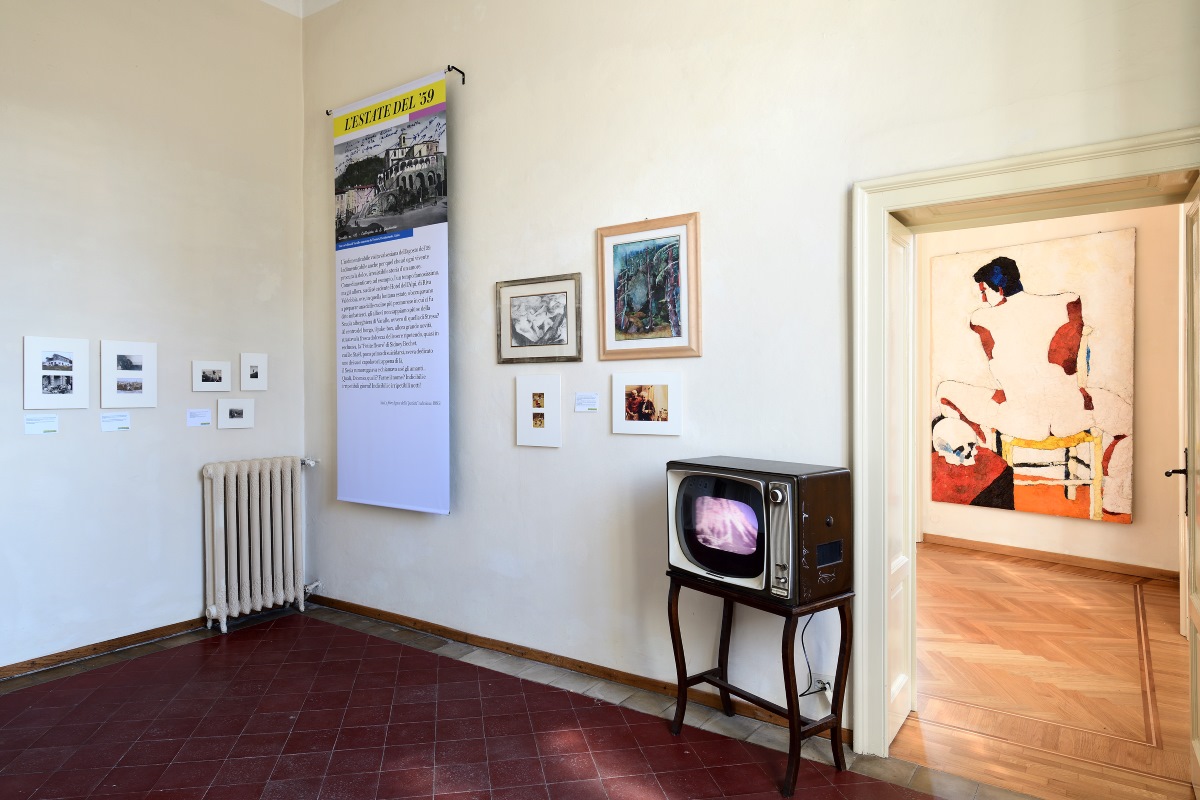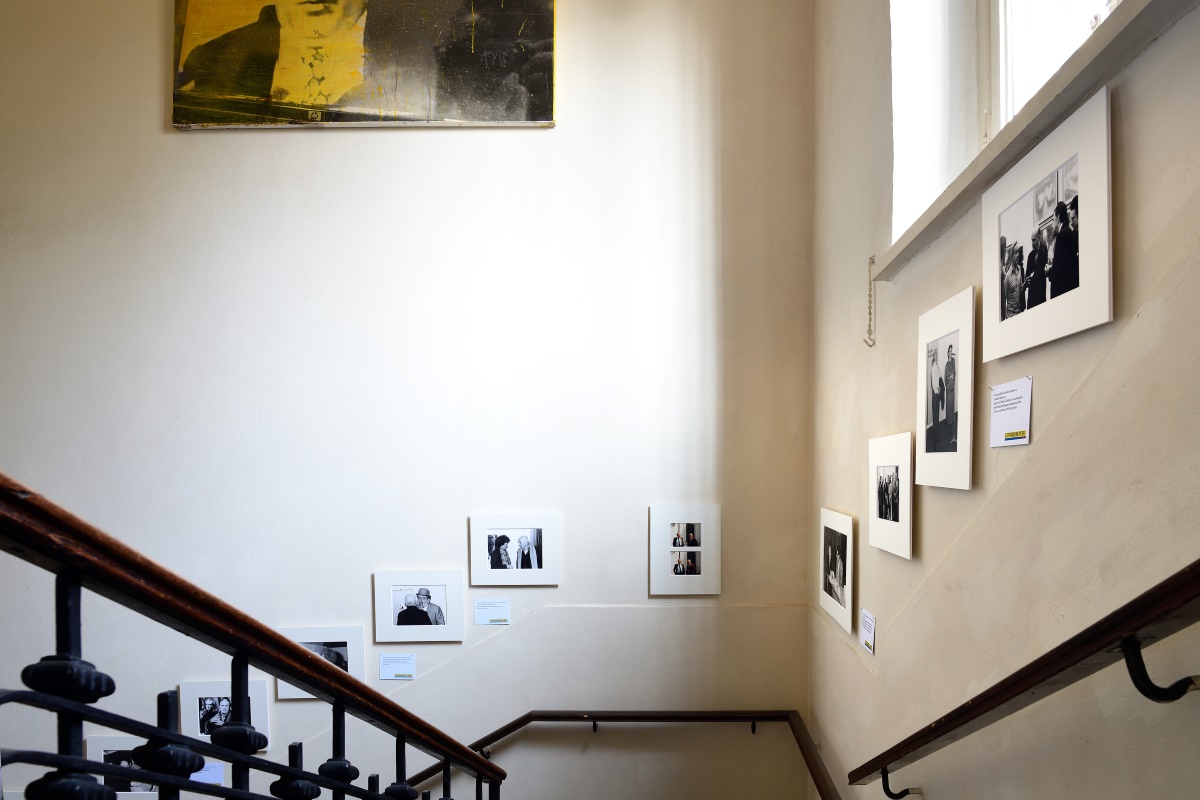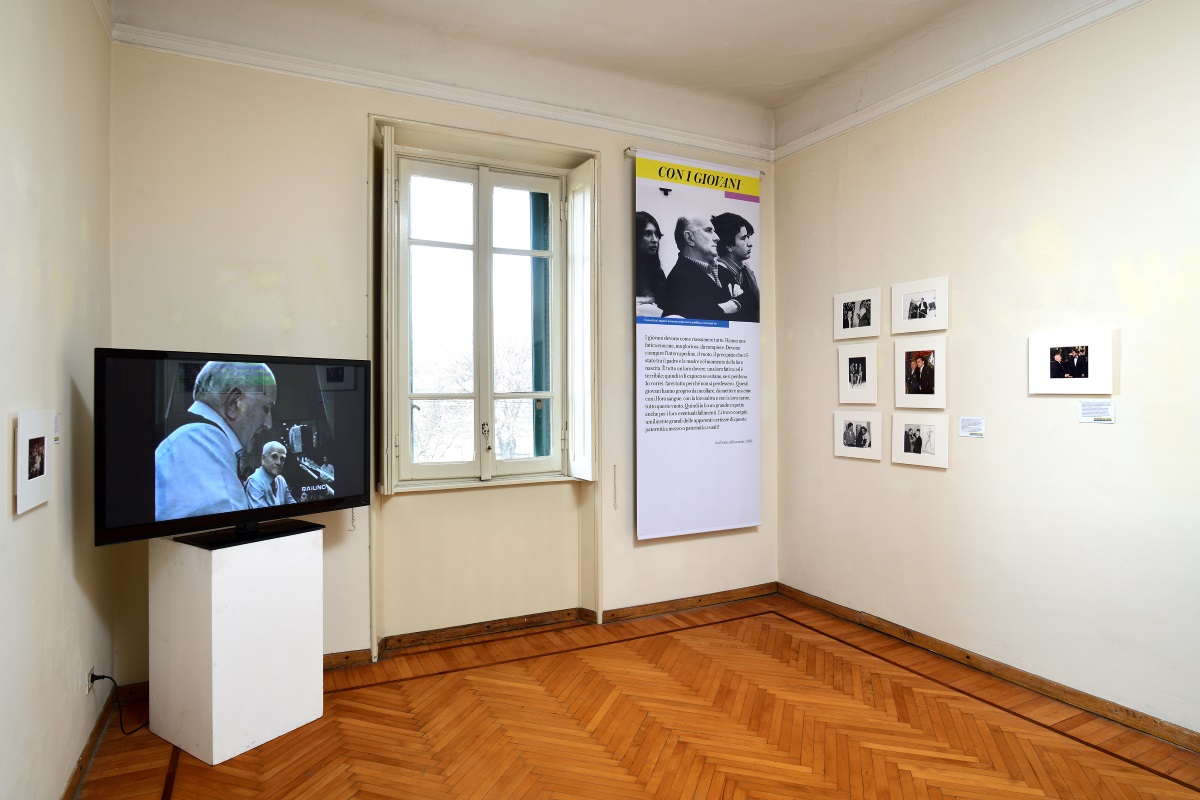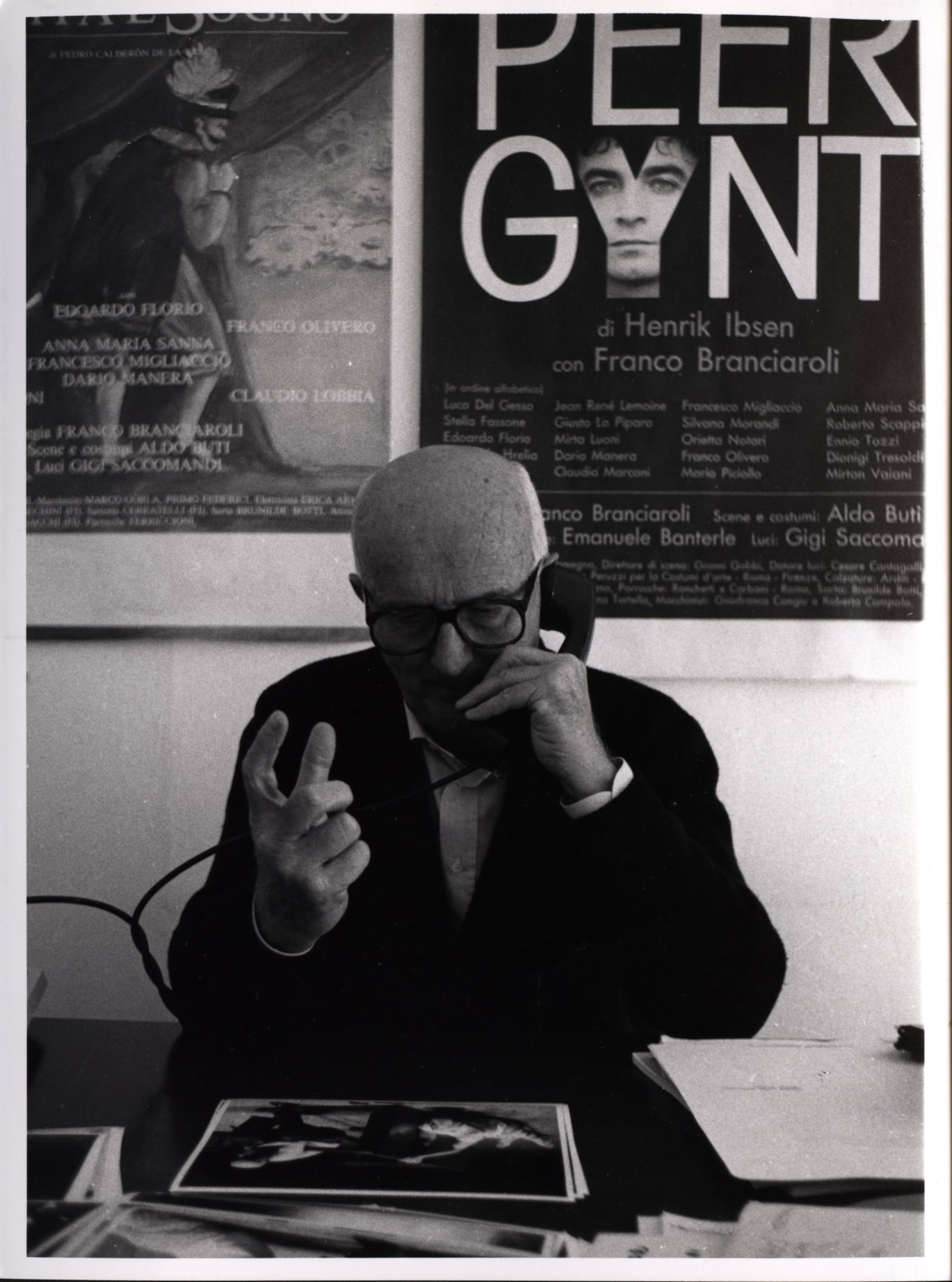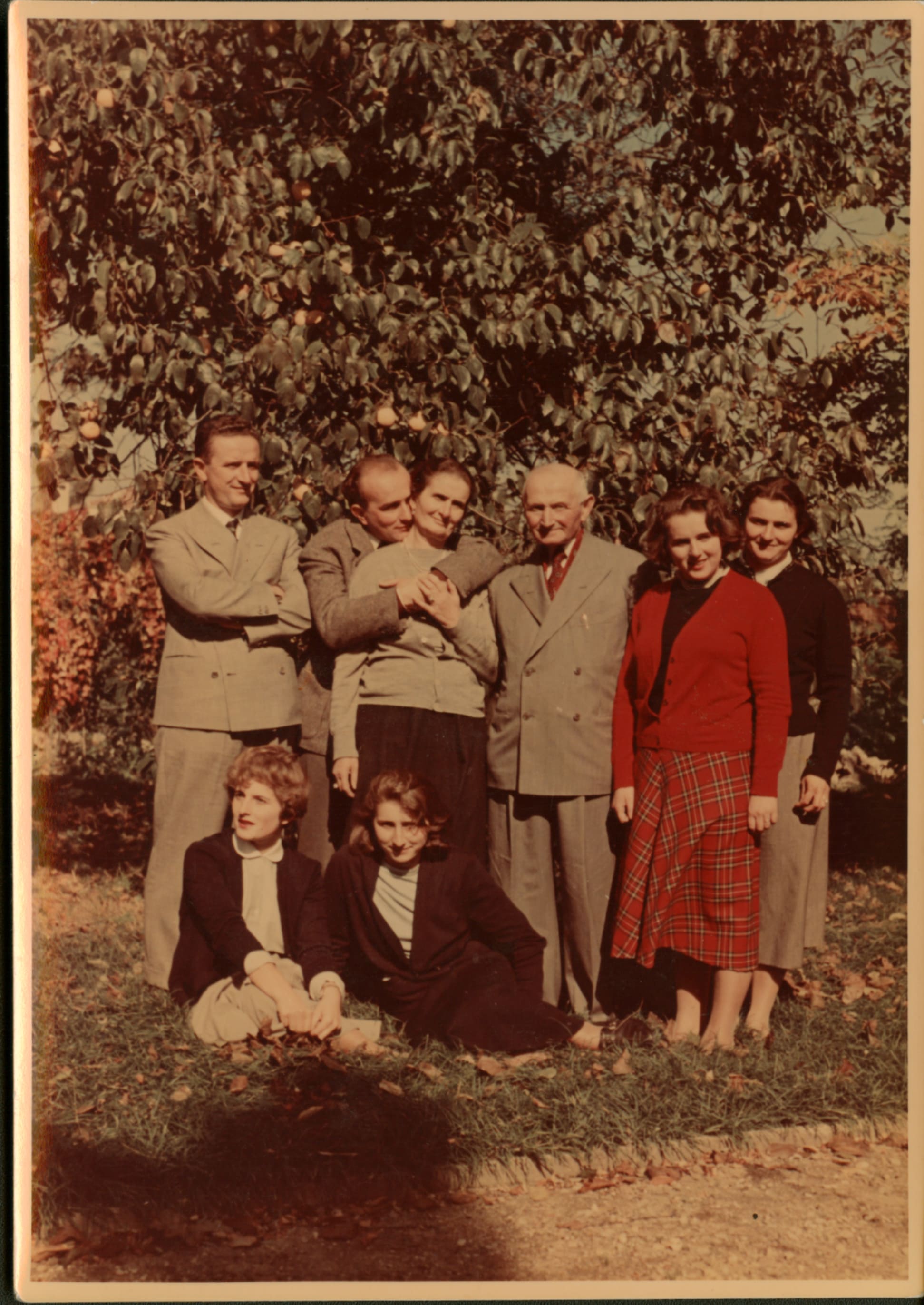An exhibition curated by Marta Cereda
They all belong to Generation Z, born between 1995 and 2001, and therefore, under thirty, the artists that have been the protagonists of La prima volta, an exhibition curated by Marta Cereda and inaugurated by Casa Testori on June 15.
Through their research, which employs different means of expression – painting, photography, video, sculpture, and performance – the artists entered into dialogue not only with each other’s works, but also, and especially, with the architecture, with the library and with the domestic pre-existing elements of the house in Novate Milanese, where Giovanni Testori was born. The exhibition has occupied the ground floor for the entire summer, from June 16 to October 26, 2024.
Fifteen years after its debut and the beginning of its activities in 2009, Casa Testori – the large early-20th-century residence on the outskirts of Milan – confirms its role as reference point for contemporary creativity and its desire for constant renewal, by opening its doors to a new creative generation.
«Fifteen years ago, Casa Testori began its journey by offering itself as a stage for emerging artistic talents. With the cycle Giorni Felici from 2010 to 2014, many artists, often at their debut and still very young, had the chance to exhibit alongside established artists», says Carlo Maria Pinardi, President of Casa Testori. «In a certain way, that was a “first time”. Today, many of them have achieved great success, such as Andrea Mastrovito, Gianmaria Tosatti, and Davide Rivalta, just to mention a few names. This is an essential trait that Casa Testori has never lost and that is strongly restated with this exhibition featuring 19 artists born after 1995 and selected by Marta Cereda. In many different ways, this is also for thema a kind of “first time”. With this show, Casa Testori reaffirms its identity as a place for research and artistic vitality in the contemporary scene».
«La prima volta is a project that aims to demythologize any idea of exceptionalism and primacy in any field; a project that wants to reflect on the value of attempts and failure, says the curator Marta Cereda, It is an exhibition about time – lived, remembered, imagined, projected – about ongoing research, about the possibility to experiment, to move forward, to retrace one’s steps».
Each time is The first time, therefore, it is not a debut, but an experience, an idea, a project showing itself for the first time. The artists involved – Martina Andreoni, Erica Bardi, Andrea Camiolo, Roberto De Pinto, Giuseppe Di Liberto, Benedetta Fioravanti, Agnese Galiotto, Pietro Guglielmin, Luca Lombardi, Enrico Loquercio, Sara Lorusso, Francesca Macis, Federica Mariani, Camilla Marrese, Alice Pilusi, Giulia Querin, Adelisa Selimbašić, Ilaria Simeoni, Jacopo Zambello – have met in the house’s rooms, they have shared the spaces and they have placed their works side by side, looking at each other, confronting each other, for the first time together in a collective way.
THE EXHIBITION
The exhibition path began with Sara Lorusso (Bologna, 1995), who presented Diari, a photographic series started in 2018 that captured the intimacy and nostalgia of summer through images of bodies and landscapes. In the first room, Roberto De Pinto (Terlizzi, BA, 1996) exhibited several works, including Papaveri and the unpublished Un chant d’amour, in which he used techniques such as encaustic, pastels, and charcoal to express the Mediterranean sensuality of both plants and humans. Facing De Pinto’s works, we could find Erica Bardi (Naples, 1998), whose black-and-white photography requires close observation in order to understand the relationship between organic and inorganic elements. Agnese Galiotto (Chiampo, VI, 1996) presented Scheletro, an environmental installation that reflects on impermanence through a collage of preparatory sketches for frescoes that are about to be destroyed, these works are presented together with some drawings. Francesca Macis (Oristano, 1996) transformed nighttime playgrounds into luminous and surreal settings with her Fairytales series, exploring the transition from childhood to adulthood. In the veranda, we found Federica Mariani (Milan, 2000), who, with her video Empress Margareth’s Speech and the sculptures Worm and Bat, critiqued the condition of women by using Margaret Cavendish’s alter ego, an eclectic 17th-century intellectual. In the kitchen of the Novatese residence, Alice Pilusi (Pescara, 1997) with her work Cakes criticized the superficiality of modern values through aesthetically pleasing but structurally empty cakes that represent a sort of fetishization of beauty and success. Her works engaged in dialogue with those of Adelisa Selimbašić (Karlsruhe, 1996), which address the theme of inadequacy resulting from the pressure to conform to aesthetic standards; with figures that boldly occupy the canvas, she challenged the idea of a single, universal canon. In the lobby, Pietro Guglielmin displayed his work Mermaidia, in which he painted some leaves and some fences to evoke imagination and to spark interest in what lies beyond the visible. It is here, in a section of Testori’s library, that Ilaria Simeoni (Montebelluna, TV, 1995) found space for her portable garden, some nearly pocket-sized panels that consider the interaction between untamed nature and carefully curated gardens. The path also followed the sculptures of Giulia Querin (Venice, 1997), which were moving freely through various rooms on the floor, on the walls, and on other objects. Facing some of these sculptures, Luca Lombardi‘s (Brescia, 1996) paintings depicted an obsession over digital identity and a critique of the sensationalistic news’ superficiality, represented by exaggerated gestures of swiping. Andrea Camiolo (Leonforte, EN, 1998) was also inspired by the digital world and artificial intelligence in his The Manhattan Project, a series of photorealistic images of nuclear explosions generated by AI and used to question the ideas of authenticity and authorship. Moving on, Benedetta Fioravanti‘s (Ascoli Piceno, 1995) video, Give Me a Moment, I Leave the Light On blends personal memories with found footage. The works of Jacopo Zambello (Rovigo, 1999) are inspired by the Epic of Gilgamesh and create a sense of disorientation, similar to the one of Enrico Loquercio’s paintings (Naples, 1996) which feature indistinct figures on theatrical backgrounds. Camilla Marrese (Bologna, 1998), with Thinking Like an Island, explored the identity of a Mediterranean island, eventually admitting the impossibility of fully understanding its soul. By combining historical artistic traditions with contemporary elements Giuseppe Di Liberto (Palermo, 1996) realizes some wax and clay works, Chiurenne l’oucchie pare e te verè, that explore the shapes of mourning and its rituals. The exhibition path ended with Martina Andreoni‘s (Segrate, MI, 2001) Sensation is Painless, a work that addresses death and through still life photographs that encourage a reflection on empathy and awareness of pain.
INFORMATION
TITLE: La prima volta
CURATED BY: Marta Cereda
LOCATION: Casa Testori, Largo Angelo Testori, 13, Novate Milanese (MI)
DATES: June 15 – October 26, 2024
PRESS OFFICE CASA TESTORI:
Maria Grazia Vernuccio – Tel. +39 3351282864 – mariagrazia.vernuccio@mgvcommunication.it
The exhibition was realized with the support of Regione Lombardia.














































